Creating a garden that thrives in both shade and partial sun can be a rewarding experience. Gardens filled with part shade and part sun perennials offer a wondrous display of color, texture, and movement, enhancing your outdoor space. These plants are resilient, adapting well to a variety of light conditions while often requiring minimal care once established.
Below, we’ll explore a diverse group of perennials that flourish in these mixed-light environments, showcasing their unique features and how to effectively incorporate them into your garden design.
Toad Lily
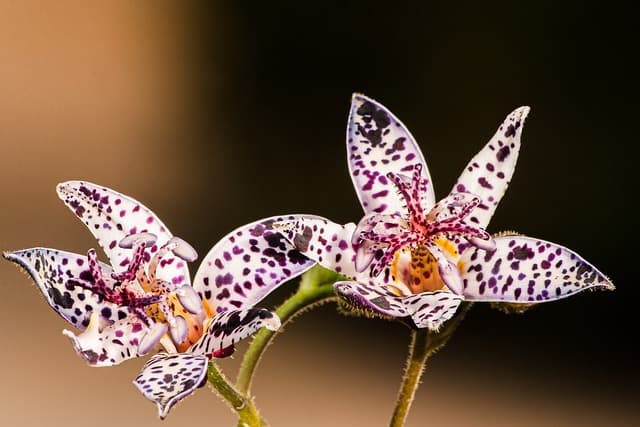
Toad Lily (Tricyrtis hirta) is a remarkable orchid-like perennial that is sure to catch the eye. It boasts intricate, spotted flowers that appear in late summer to fall, providing a splash of color when other blooms have faded. Native to Asia, Toad Lilies prefer moist, well-drained soil and can handle light shade well. They thrive in USDA zones 4 to 9 and can grow between 2 to 3 feet tall, making them a great addition to the back of a shaded border. To maximize their visual appeal, plant them in clusters, allowing their arching leaves and delicate flowers to form a stunning display.
Foxglove
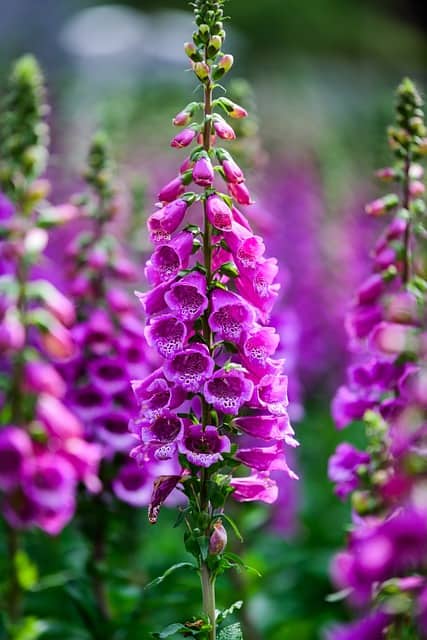
Foxglove (Digitalis purpurea) is a biennial plant that can act as a perennial in certain climates. With its tall spikes adorned with tubular flowers, ranging from lavender to deep purple, Foxglove makes a bold statement in any garden. While they enjoy sun, they also thrive in dappled shade, particularly during warm afternoons. Foxgloves are relatively easy to grow; just ensure they have well-drained soil to prevent root rot. They attract bees and other pollinators, making them an excellent choice for enhancing biodiversity. Be mindful that all parts of the plant are toxic if ingested, so situating them away from pets and children is advisable.
Japanese Painted Fern
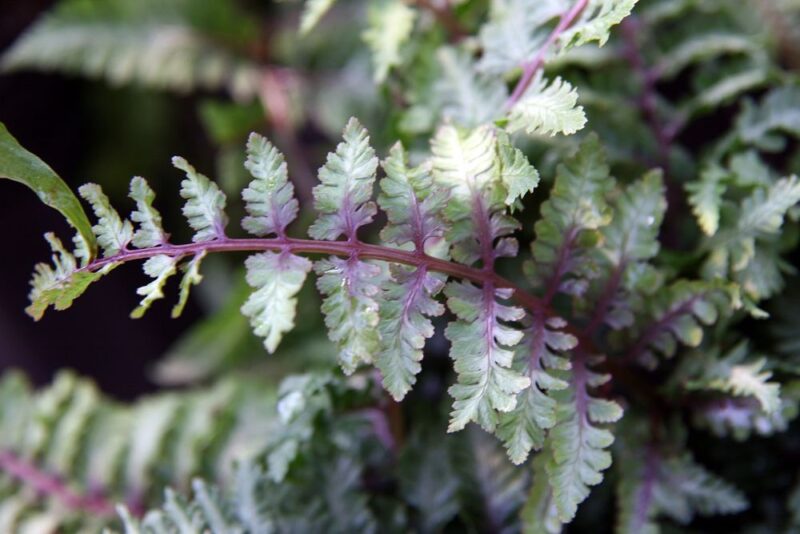
The Japanese Painted Fern (Athyrium niponicum) introduces a touch of elegance with its beautifully variegated foliage. This fern’s silvery-blue fronds, tinted with shades of green and burgundy, create a striking contrast in shaded areas. Ideal for USDA zones 4 to 8, it thrives in moist, rich soils and adds texture to borders and woodland gardens. This fern grows about 12 to 18 inches tall, making it a perfect companion for other shade-loving plants. Consider grouping them with hostas or in rock gardens where their delicate fronds can dance in the breeze.
Corydalis
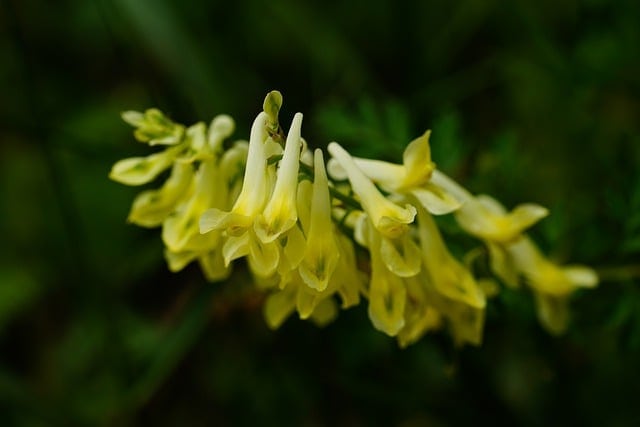
Corydalis (Corydalis lutea) is a charming perennial that blooms in vivid yellow or blue flowers. This plant is adept at illuminating shady spots with its cheerful blossoms, typically appearing from spring to early summer. Corydalis thrives in well-drained soil enriched with organic matter. Its delicate, fern-like foliage offers an interesting texture, making it an excellent filler for borders or underneath taller plants. Furthermore, it self-seeds, providing the opportunity for organic growth in your garden, although it’s best to keep it contained to prevent overcrowding.
Barrenwort
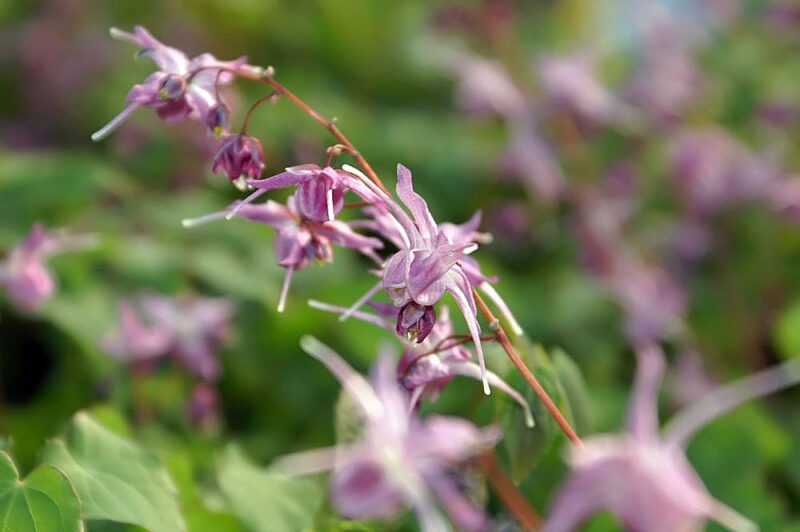
Barrenwort (Epimedium) is a versatile ground cover that flourishes in shady areas. With heart-shaped leaves and spiky growth, they flower in spring with delicate blooms in shades of white, pink, or yellow. Barrenwort is exceptionally drought-tolerant once established, making it a resilient choice for busy gardeners. Their ability to gracefully drape over rocky edges or cascade down slopes makes them ideal for enhancing the visual appeal of your garden’s backdrop. They thrive in well-drained soil in zones 4 to 9.
Trillium
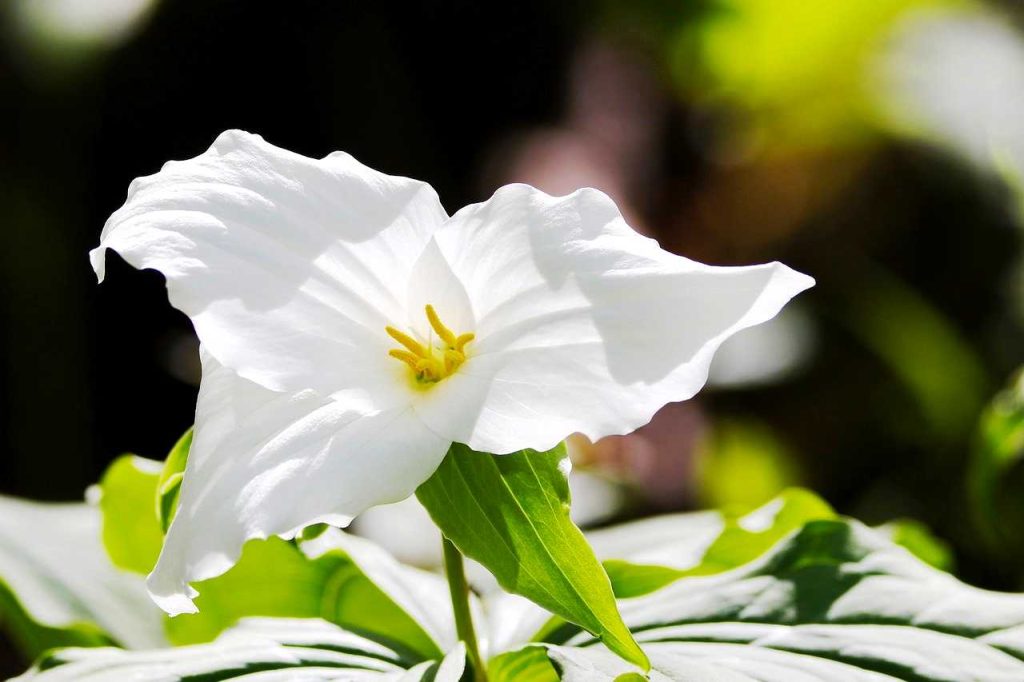
Trillium is a woodland gem, adding a touch of grace to shaded gardens. Known for its distinctive three-petaled flowers, it blooms in shades of white, pink, or purple, typically appearing in early spring. Ideal for woodland settings and naturalized areas, Trillium prefers humus-rich, well-drained soil. As a slow-growing perennial, it remains an excellent choice for gardeners who appreciate the serenity of native plants. Since Trillium can take years to establish, patience is vital, but the reward is culinary and aesthetic beauty.
Rodgersia
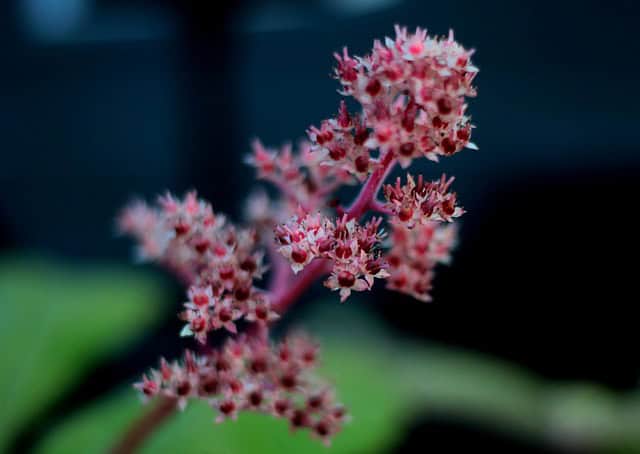
Rodgersia is known for its large, lush foliage that can add a tropical feel to your garden. This perennial is perfect for part-shaded areas with moist, well-drained soil. With broad leaves resembling giant hands, Rodgersia can reach impressive heights of 4 to 5 feet, making it an excellent backdrop for lower-growing perennials. In late spring to early summer, it produces striking plumes of white or pink flowers, creating a stunning focal point in any shaded setting. This plant thrives best in USDA zones 4 to 8, adding an exotic flair that’s hard to resist.
Japanese Forest Grass
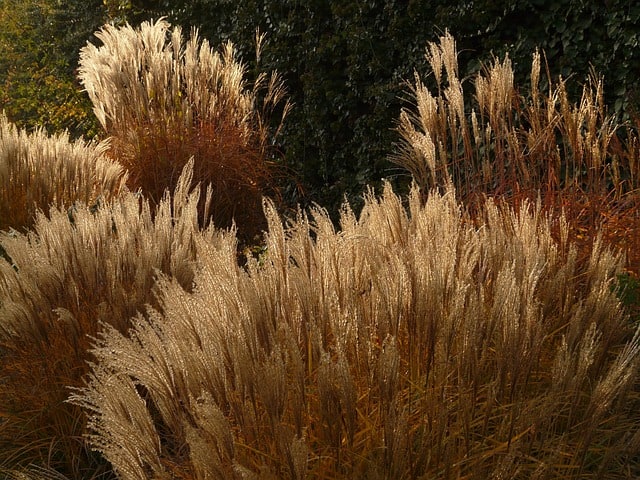
Japanese Forest Grass (Hakonechloa macra) is a graceful perennial that adds movement and texture to shaded gardens. Its arching, golden green leaves come alive with the breeze, creating a calming effect in your outdoor space. This grass performs best in well-drained soils and partial shade, making it an ideal ground cover or border plant. Its low-growing habit, typically reaching 12 to 24 inches, allows it to pair well with taller perennials or shrubs. The brilliant yellow and orange hues of fall foliage enhance seasonal interest as autumn approaches.
Bellwort
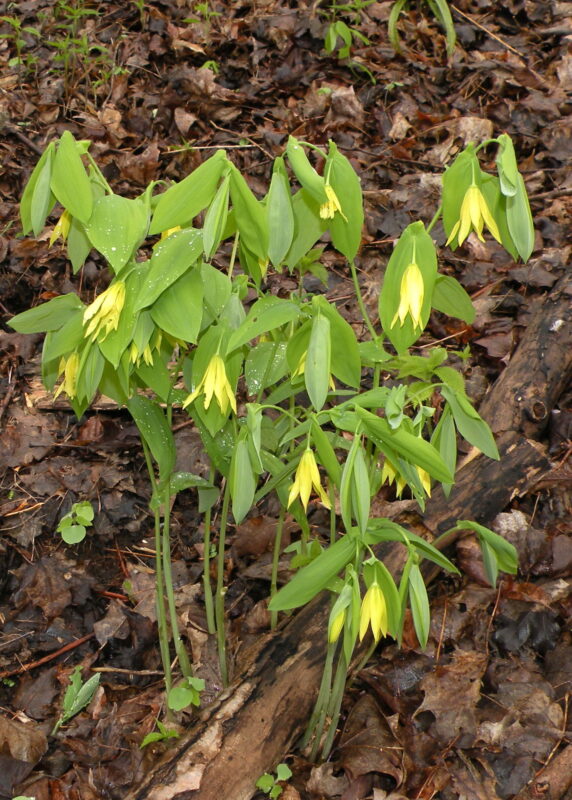
Bellwort (Uvularia grandiflora) is a lesser-known gem that adds a touch of elegance to shaded landscapes. The plant features gracefully drooping, yellow, bell-shaped flowers that bloom in spring, often before the trees fully leaf out. This perennial prefers rich, moist soils and tolerates dry spells reasonably well once established. Its lush, green foliage provides an appealing backdrop throughout the growing season. Bellwort can be a wonderful choice for woodland gardens or among other shade-lovers like ferns and hostas.
Bloodroot
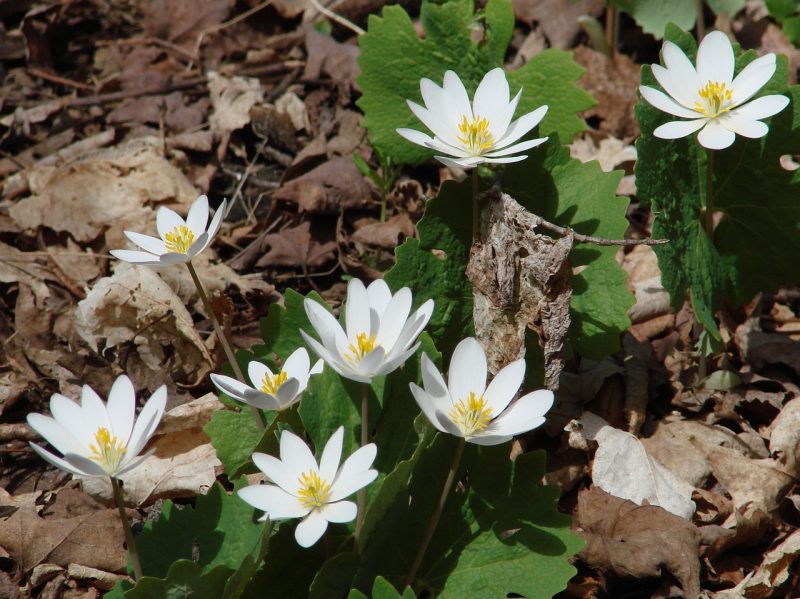
Bloodroot (Sanguinaria canadensis) is a perennial that bursts forth with stunning white flowers in early spring, often blooming before the leaves of deciduous trees unfurl. Its distinctive foliage unfurls in a unique, lobed manner, creating a dance of shapes that adds texture. As a native plant, Bloodroot thrives in moist, well-drained soils and partial shade, making it a perfect candidate for naturalized areas. Its medicinal properties were historically exploited by Indigenous peoples, lending an intriguing history to this delicate beauty.
Wild Ginger
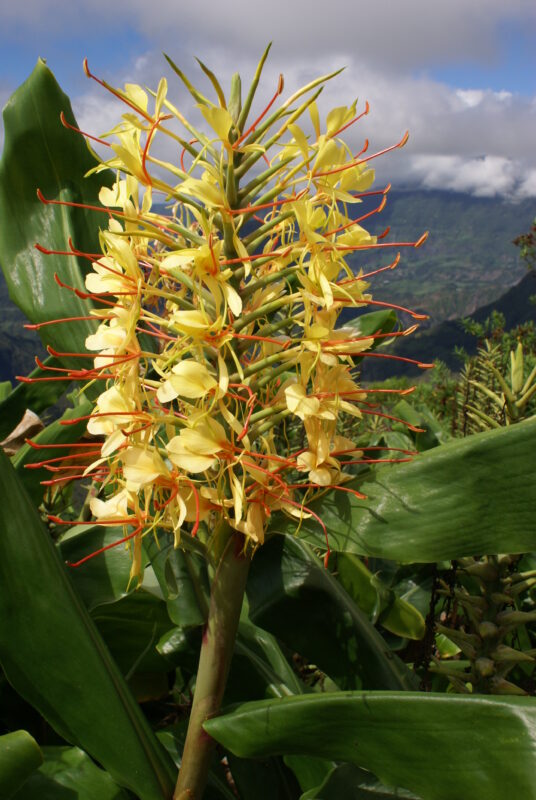
Wild Ginger (Asarum canadense) is a ground-level perennial that thrives in shaded, moist woodlands. Its heart-shaped leaves form a dense mat, providing excellent ground cover while staying low to the ground. Although its flowers are modest, lying hidden beneath the foliage, it blooms in early spring and boasts a delightful fragrance. Wild Ginger prefers rich, well-drained soils and can tolerate a variety of growing conditions. This native perennial pairs beautifully with other ground covers and adds a unique feature to shaded gardens.
Ornamental Sedge
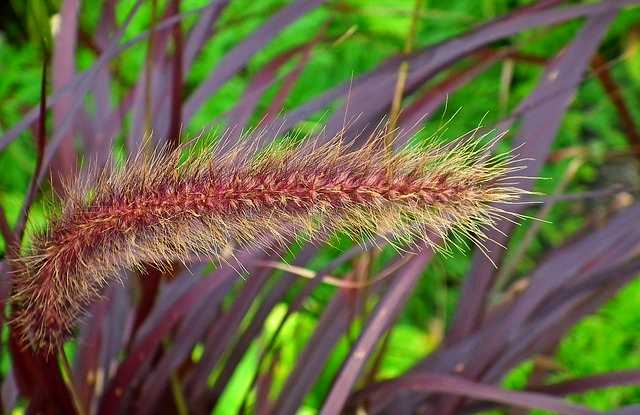
Ornamental Sedges (Carex) are a diverse group of grass-like perennials that thrive in a variety of moisture levels and light conditions. Their fine leaves add texture and movement while creating a lush carpet effect in your garden. Sedges are particularly useful at the edges of ponds or in rain gardens, where they can handle moist conditions. These plants come in various shades of green, gold, and even striking variegated forms. Most sedges enjoy part shade and offer year-round interest through their graceful habit and seed heads.
Celandine Poppy
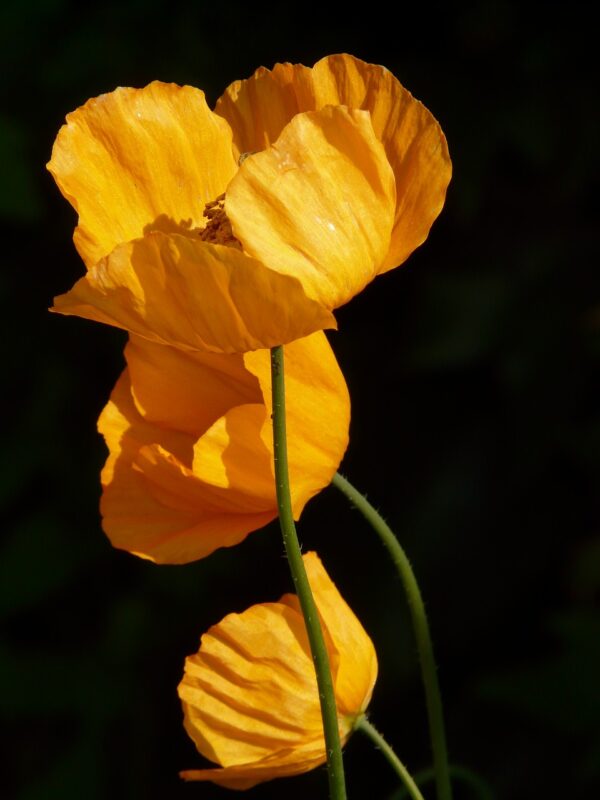
Celandine Poppy (Stylophorum diphyllum) is a cheerful woodland plant that blooms in early spring, revealing bright yellow, poppy-like flowers. This perennial thrives in well-drained, moist soils and partial shade, bringing a sunny cheer to otherwise dark spots. The unique, lobed leaves are attractive even after the flowers fade, maintaining interest in the garden. Celandine Poppy is self-seeding, allowing it to grace your garden for seasons to come, creating a naturalized feel while supporting local wildlife.
Virginia Bluebells
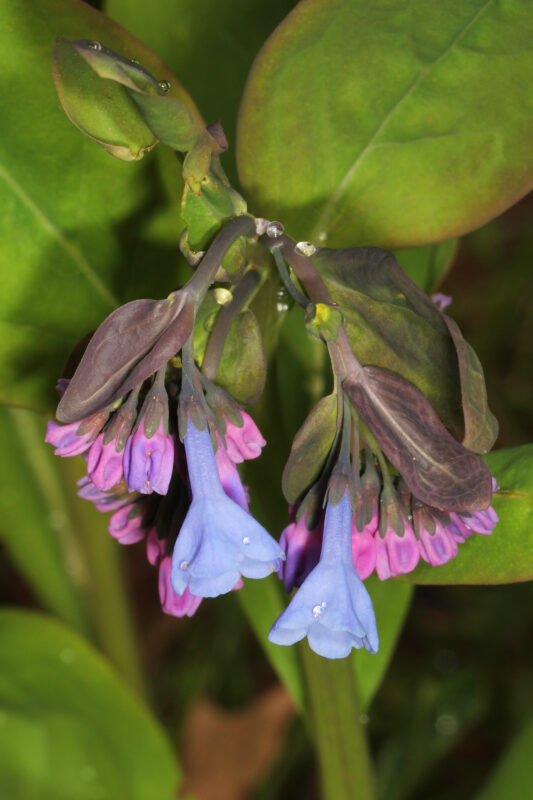
Virginia Bluebells (Mertensia virginica) present a stunning flush of blue flowers in early spring, blooming alongside the emerging foliage of trees. These perennials thrive in moist, rich, well-drained soil and can brighten up shady spaces effortlessly. They can grow between 1 to 2 feet tall and are particularly appealing due to their alluring fragrance. As the season progresses, the leaves will fade into the background, leaving room for summer bloomers to take center stage. Their ability to attract butterflies makes them a garden favorite among pollinator enthusiasts.
Jack-in-the-Pulpit
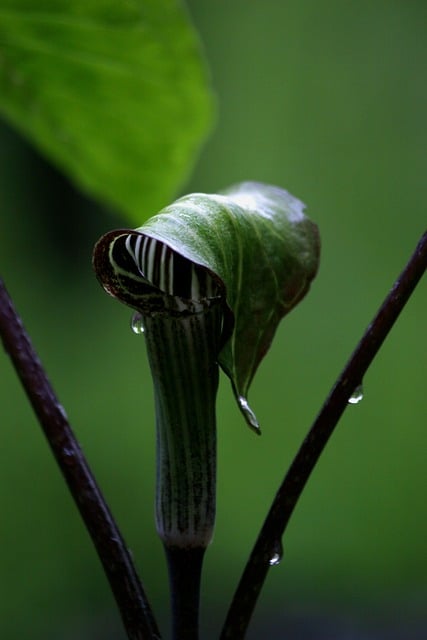
Jack-in-the-Pulpit (Arisaema triphyllum) is known for its unique and whimsical flowers. The so-called “jack” stands proudly in its booth-like “pulpit,” creating an intriguing focal point among your perennial collection. This native plant prefers moist shady areas, thriving in rich, organic soils. It grows anywhere from 1 to 3 feet tall, depending on soil conditions. Its bold leaves and distinct flower shape make it an unusual yet fascinating choice for woodland gardens.
Turtlehead
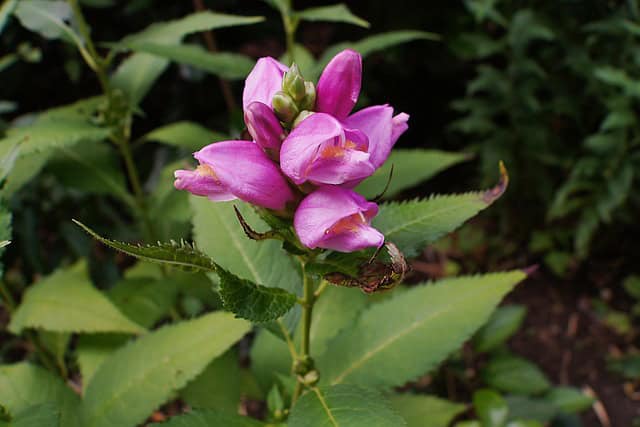
Turtlehead (Chelone glabra) is an engaging perennial with a quirky charm; its pink and white flowers resemble a turtle’s head, adding an intriguing element to your landscape. This plant thrives in moist soils and tolerates part shade, making it perfect for rain gardens or near water features. Blooming from late summer to fall, Turtlehead attracts butterflies and other pollinators, contributing to the overall health of your garden ecosystem. With an upright habit reaching 2 to 3 feet, it’s an excellent choice for creating texture and interest.
Siberian Bugloss
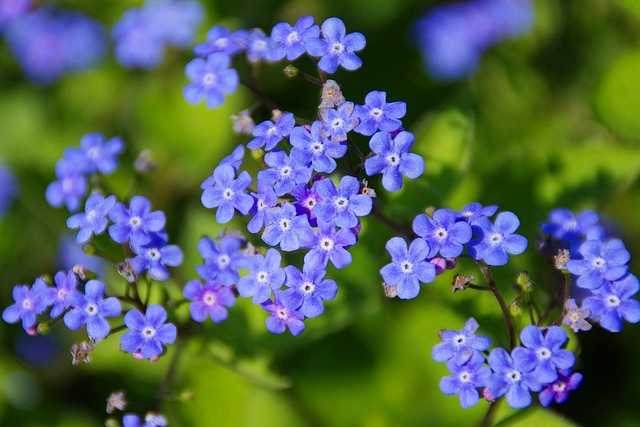
Siberian Bugloss (Brunnera macrophylla) is a delightful shade-loving perennial that brings a burst of color to the early spring garden. The tiny, sky-blue flowers resemble forget-me-nots and bloom before the leaves fully unfold, providing an enchanting sight. This plant tolerates a variety of soil types, although it prefers cooler, well-drained soils. Its large, heart-shaped leaves often develop beautiful variegation, adding an element of interest throughout the growing season. Siberian Bugloss loves consistent moisture and can act as an excellent ground cover or border plant, especially when paired with ferns or hostas.
Coral Bells
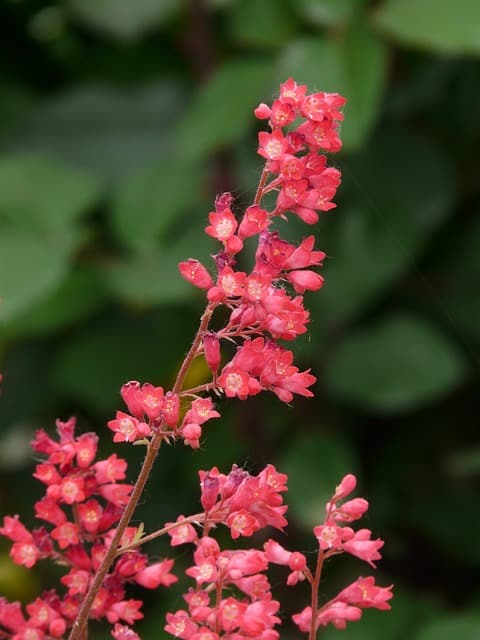
Coral Bells (Heuchera) are prized for their stunning foliage, which ranges from deep burgundy to vibrant lime green. As a perennial that prefers part shade, Coral Bells are versatile, thriving in diverse garden environments. They produce delicate flower spikes in late spring to early summer, drawing in hummingbirds and other pollinators. These plants are also exceptionally hardy and resilient, making them ideal for low-maintenance gardeners. Planted in clusters, they can add dramatic color and texture to your landscape, enlivening path edges or shaded borders with flair.
Astilbe

Astilbe is a magnificent perennial that showcases plume-like flowers in a variety of colors, from soft pinks to vibrant reds and whites. This shade-loving plant prefers consistently moist soil and can be a stunning addition to any garden that experiences partial shade. Astilbe blooms from late spring to early summer, creating a show-stopping display that attracts both butterflies and bees. Not only does it produce striking flowers, but its deeply cut foliage adds texture and interest throughout the season. Plant them in mass for a dramatic effect along a shaded garden path.
Bleeding Heart
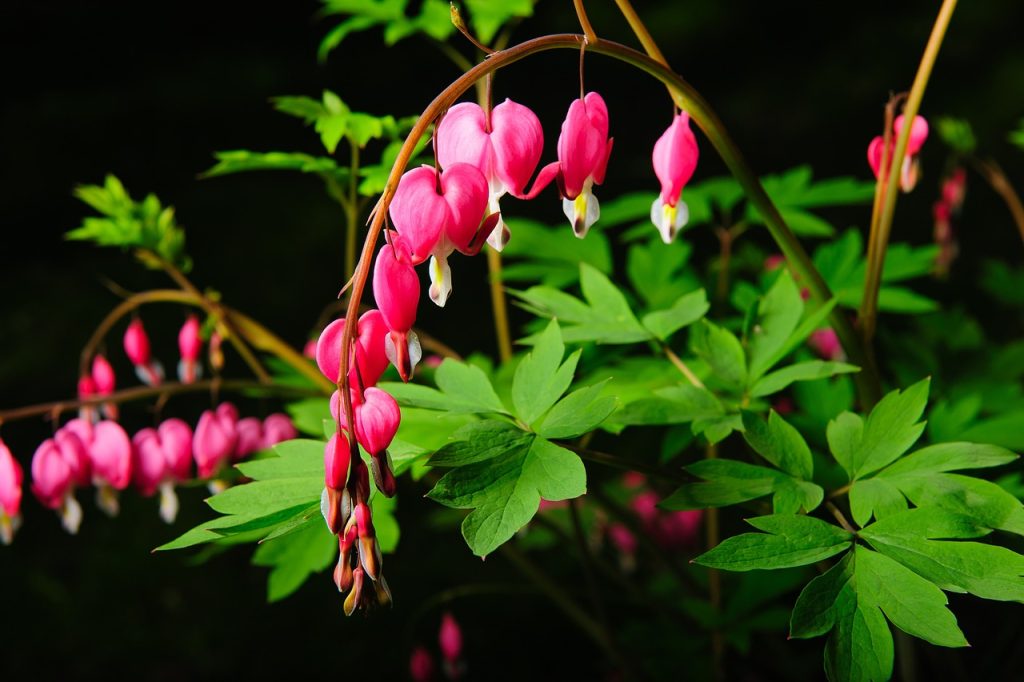
Bleeding Heart (Dicentra spectabilis) is one of the most enchanting perennials for part shade gardens. Its heart-shaped flowers dangle delicately from arching stems, typically blooming in spring. The pink and white blooms create a charming, romantic feel that pairs beautifully with ferns and other woodland plants. Bleeding Heart thrives in moderately moist, well-drained soil, and while it may go dormant in the heat of summer, its lush foliage and stunning flowers more than make up for this temporary disappearance. Consider planting them in a mixed border for visual dynamism and to provide continuing interest and appeal.
Foamflower
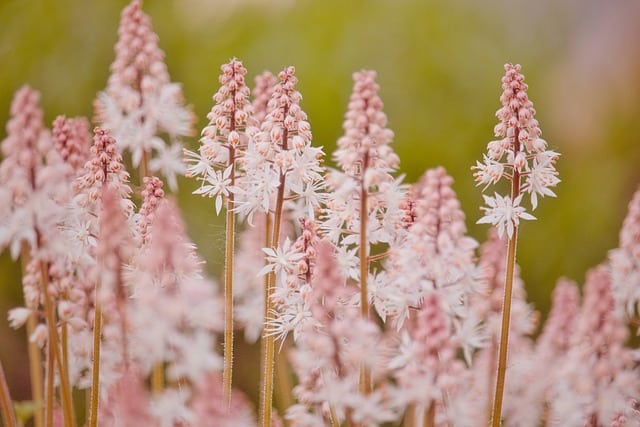
Foamflower (Tiarella cordifolia) is a delightful ground cover for shaded areas, producing soft clusters of white or pink flowers in spring. This perennial not only thrives in part shade but also adapts well to different soil types, adding versatility to your design options. Its attractive, lobed foliage resembles that of a maple leaf and can provide a rich backdrop for other perennials. Foamflower works beautifully in shaded woodland gardens or as an understory plant, creating a lush, inviting atmosphere in your outdoor space.
Lenten Rose
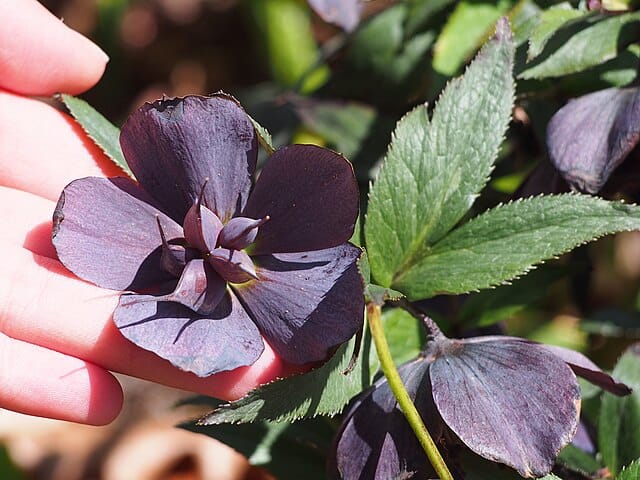
Lenten Rose (Helleborus orientalis) offers one of the earliest signs of spring, with its stunning flowers blooming as early as late winter. Its hallowed name comes from its blossoming time, which aligns with Lent, and it blossoms in hues of purple, white, and pink. Lenten Rose prefers well-drained, rich soil and tolerates both shade and partial sun. The foliage remains attractive throughout the growing season, and its evergreen nature ensures year-round interest. Nestling Lenten Roses among other perennials can create a stunning display that uplifts the ambiance of your garden.
Japanese Anemone
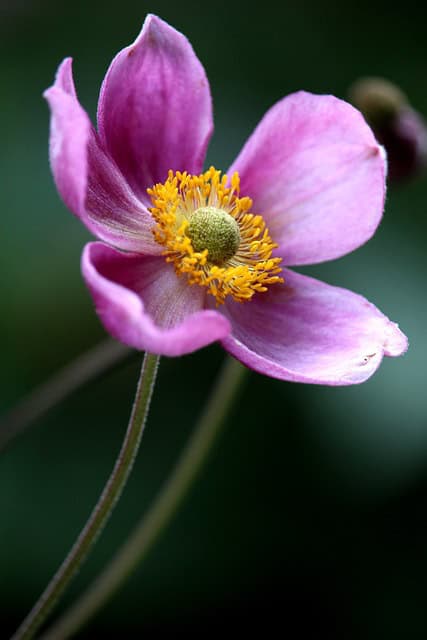
Japanese Anemone (Anemone hupehensis) is a late-summer stunner, offering a burst of color when many other plants have finished blooming. These elegant perennials display charming flowers in shades of white or pink that can create a beautiful, billowing display as they reach heights of 3 to 4 feet. They thrive in part shade and well-drained soil, and their ability to self-seed means they can fill a garden space with ease. Japanese Anemones are robust and can make an impressive statement at the back of a border, particularly when combined with whimsical grasses or other perennials.
Lungwort

Lungwort (Pulmonaria) is a low-growing perennial known for its spotted leaves and early spring blooms. This plant is particularly well-suited for part shade, thriving in moist, well-drained soil. Its unique spotted foliage provides visual interest even when the flowers fade, and they bloom in various colors, ranging from pink to blue. Lungwort is also celebrated for its medicinal properties, utilized historically for various ailments. This resilient plant makes a fantastic choice for lush ground cover or alongside taller habit plants in your shade garden.
Solomon’s Seal
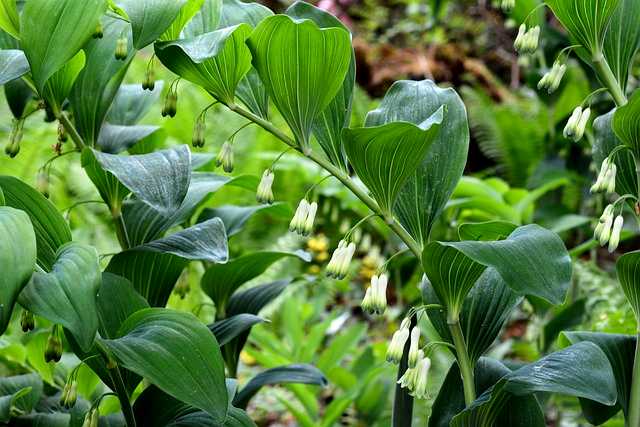
Solomon’s Seal (Polygonatum) is a structural perennial with elegant arching stems adorned with bell-shaped flowers. This lovely plant adds a sophisticated touch to woodland and shaded gardens, thriving in rich, well-drained soil. It produces striking foliage, which turns golden-yellow in the fall, creating year-round interest. Solomon’s Seal is a versatile addition, working well as a border plant or hidden among other perennials, contributing to the soft, dappled aesthetic of shady gardens while requiring minimal maintenance.





